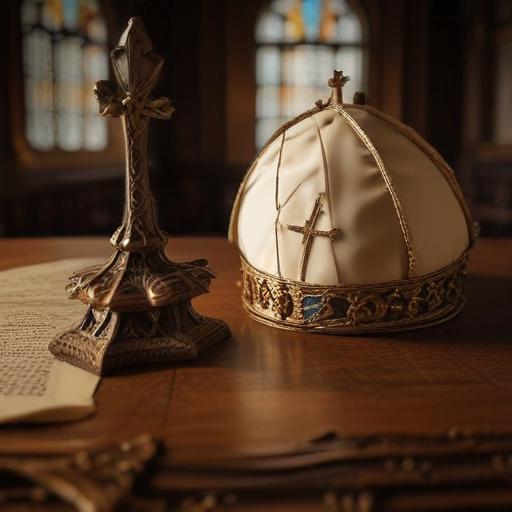As cardinals gather in the Sistine Chapel to elect the next leader of the Catholic Church, they will do so under the watchful gaze of Michelangelo’s “Last Judgment.” This iconic artwork serves as a solemn reminder of the gravity of their task, as Pope John Paul II once noted that the chapel fosters an awareness of God’s presence, and each individual is ultimately subject to divine judgment.
The Sistine Chapel has a rich history in the context of papal conclaves, having been the venue for these important elections since 1492. This year’s conclave marks only the 14th occasion it has been held in the chapel since the church formalized rules for selecting a pope around 800 years ago. For over three centuries, conclaves took place in various parts of the Apostolic Palace until 1878, when the papal elections returned to the Sistine Chapel, ultimately becoming the official site in 1996 due to updated regulations by Pope John Paul II.
Historically, the method of papal selection has evolved significantly. Initially, popes were chosen by acclamation, allowing both clergy and laypeople of Rome to participate. However, as time went on, the voting process became confined to the higher-ranking clergy, often under the influence of external powers. The longest conclave on record lasted an extraordinary 33 months in the 13th century, a situation that led to formalized rules for elections.
The term “conclave” derives from the Latin phrase “cum clave,” meaning “with a key,” reflecting the practice of sequestering cardinals until a pope was selected. In the chapel, makeshift accommodation was arranged, with cubicles for each cardinal, often leading to cramped and uncomfortable conditions. Historical accounts reveal that conclaves were tumultuous affairs; cardinals faced personal health crises, intense heat, and even unrest from the public outside.
Research shows that historical conclaves have often faced challenges beyond the norm. Documentation reveals instances where cardinals suffered from illness due to poor conditions, as noted in the harrowing accounts of the 1559 conclave, where living conditions led to significant suffering among participants.
In response to increasing cardinal numbers and the resultant logistical challenges, there were efforts to relocate conclaves to more spacious venues, including a never-realized plan to house them in St. Peter’s Square or the Vatican gardens. However, practical considerations led organizations to shift gears, and thus, by the close of the 19th century, the conclave returned to the Sistine Chapel, where arrangements now include a guesthouse for the electors.
The upcoming conclave is a significant event for the Catholic Church, offering a modern twist to a longstanding tradition that is both historical and deeply spiritual. It stands as a poignant reminder of the evolving nature of the papacy and the enduring significance of the Sistine Chapel as a sacred space for the faithful. The sense of continuity and reverence accompanying this process is a testimony to centuries of ecclesiastical heritage and devotion.
